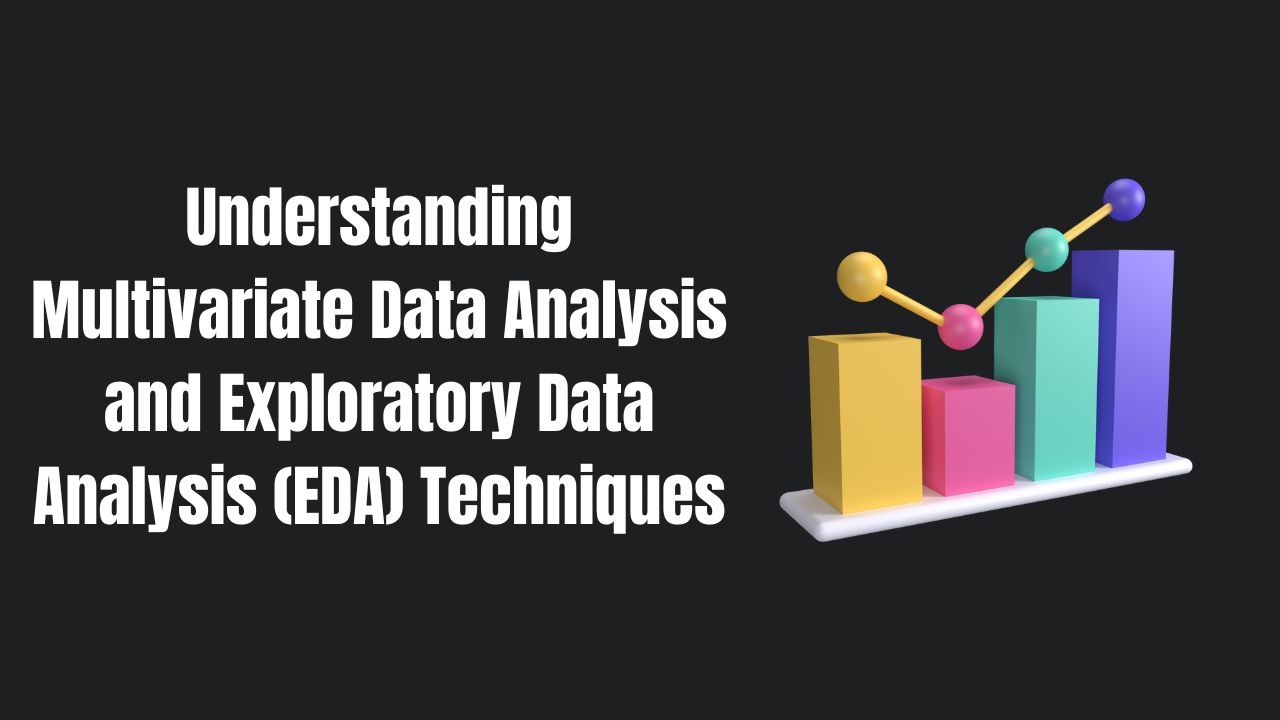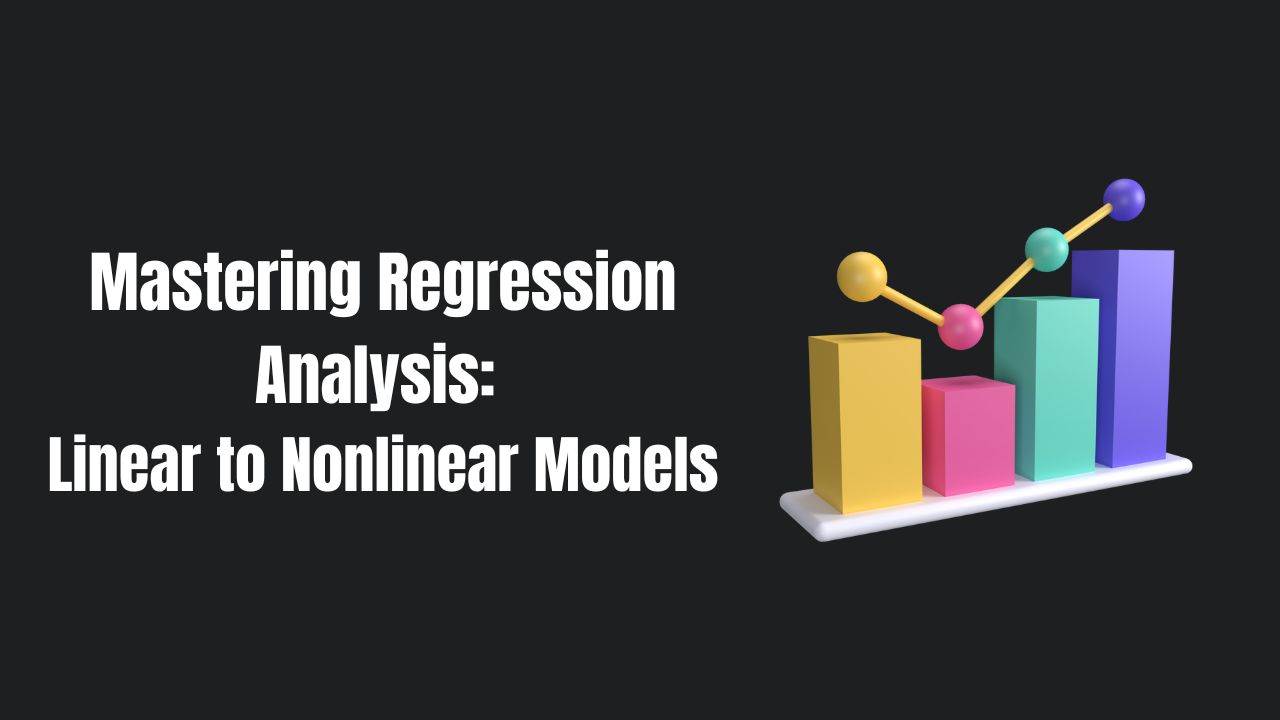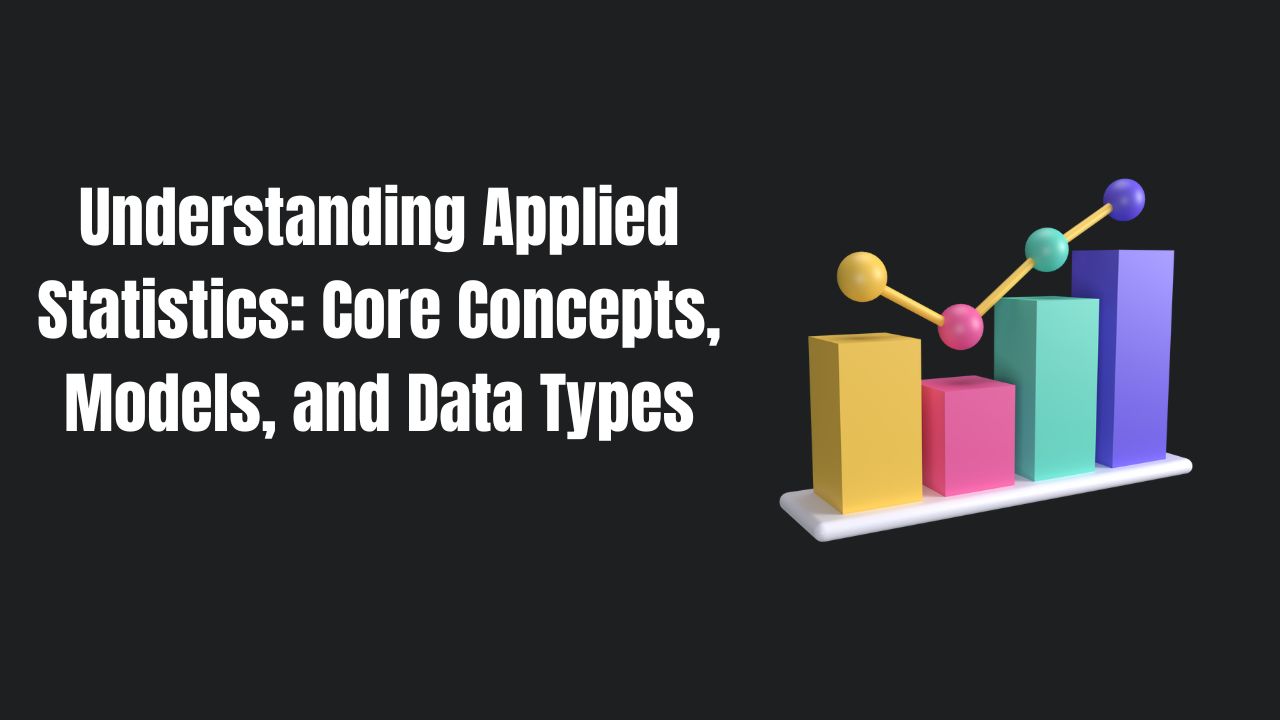Multivariate datasets are a rich source of information that allow researchers and data scientists to explore relationships between multiple variables simultaneously. To harness the power of these datasets, it’s essential to employ effective exploratory data analysis (EDA) techniques. In this article, we delve into the world of multivariate data and the tools used for its exploration.
Table of Contents
A. Understanding Multivariate Datasets
Multivariate datasets contain observations or data points with multiple variables or attributes. Unlike univariate datasets that involve a single variable, multivariate datasets encompass several variables that may be interrelated. Examples include stock market data with multiple stock prices, healthcare data with various patient parameters, and climate data with numerous meteorological measurements.
Key characteristics of multivariate datasets include:
- Multiple Variables: These datasets consist of two or more variables, often denoted as X1, X2, X3, and so on.
- Interdependence: Variables in multivariate datasets can be correlated or have complex relationships, making analysis more intricate.
- High Dimensionality: With numerous variables, multivariate datasets can have high dimensionality, presenting challenges for visualization and analysis.
B. Exploratory Data Analysis (EDA) Techniques
EDA is the process of visually and statistically summarizing, exploring and understanding data before formal modelling or hypothesis testing. In the context of multivariate datasets, EDA is crucial for uncovering patterns, relationships, and outliers. Here are some essential EDA techniques:
- Scatter Plots: Scatter plots help visualize the relationships between pairs of variables. In multivariate datasets, you can create scatter plot matrices to explore interactions between multiple variables.
- Correlation Analysis: Correlation coefficients, such as Pearson’s correlation, quantify the strength and direction of relationships between variables. Positive correlations indicate that variables move together, while negative correlations signify an inverse relationship.
- Box Plots: Box plots display the distribution of data, highlighting median, quartiles, and potential outliers for each variable. They are valuable for identifying variations within the dataset.
- Heatmaps: Heatmaps provide a visual representation of the correlation matrix, making it easier to spot patterns and dependencies among variables.
C. Principal Component Analysis (PCA)
Principal Component Analysis (PCA) is a powerful dimensionality reduction technique used in various fields to simplify complex datasets while retaining essential information. Let’s explore PCA and its application with a practical example.
What is PCA?
PCA is a statistical method that transforms a dataset containing multiple correlated variables into a new set of uncorrelated variables called principal components. These components are linear combinations of the original variables and are arranged in descending order of importance. The first principal component explains the most variance in the data, followed by the second, and so on.
Why Use PCA?
PCA offers several benefits:
- Dimensionality Reduction: It reduces the number of variables, making the dataset more manageable.
- Feature Selection: PCA identifies the most significant variables, aiding feature selection.
- Data Visualization: It allows for easy visualization of high-dimensional data.
- Noise Reduction: By focusing on the most important components, PCA helps reduce noise in the data.
PCA Example
Let’s consider a simple example. Suppose you have a dataset with two features: “Height” and “Weight” of individuals. You want to reduce these features into a single principal component.
Height (in cm) | Weight (in kg) ------------------------------- 160 | 50 170 | 70 155 | 45 180 | 80 162 | 52
Here’s how PCA works:
- Standardize the Data: Calculate the mean and standard deviation of each feature and standardize the data.
- Compute the Covariance Matrix: Find the covariance matrix of the standardized data.
- Calculate Eigenvalues and Eigenvectors: Compute the eigenvalues and eigenvectors of the covariance matrix.
- Sort Eigenvalues: Sort the eigenvalues in descending order to identify the most important components.
- Select Principal Components: Choose the top N principal components that capture most of the variance (usually 2 for visualization).
- Transform Data: Multiply the original data by the selected principal components to obtain the reduced-dimensional representation.
In our example, PCA might reveal that the first principal component is a combination of “Height” and “Weight,” and it captures the overall body size. You can then use this component for further analysis or visualization.
PCA is a versatile tool that simplifies data analysis, making it an essential technique in the data scientist’s toolkit.Start exploring PCA in your own datasets to unlock its potential for dimensionality reduction and feature selection.
D. Factor Analysis and Its Applications
Factor analysis is based on the idea that observed variables (also known as manifest variables) are influenced by one or more unobservable factors. These factors represent the common underlying themes or constructs that explain the correlations and variations observed in the data.
For example, in psychology, researchers may have a set of survey questions related to personality traits. Factor analysis can help identify latent factors like “extraversion,” “conscientiousness,” and “neuroticism” that contribute to the observed responses. This simplifies data interpretation and allows for a deeper understanding of the underlying psychological constructs.
Steps in Factor Analysis
Factor analysis involves several key steps:
- Data Collection: Gather data on multiple observed variables from a sample of interest.
- Correlation Matrix: Create a correlation matrix to examine the relationships between variables.
- Factor Extraction: Use mathematical techniques to extract underlying factors from the correlation matrix.
- Factor Rotation: Rotate the factors to improve interpretability and identify the most meaningful factor structure.
- Interpretation: Assign meaning to the extracted factors based on the variables that load most strongly on each factor.
Applications of Factor Analysis
Factor analysis finds applications in various fields:
Psychology
In psychology, factor analysis helps identify and understand personality traits, intelligence factors, and emotional constructs. For example, it can reveal the underlying factors contributing to a person’s scores on a personality assessment, simplifying psychological research and diagnosis.
Economics
In economics, factor analysis is used to study economic indicators and financial markets. Researchers can identify factors like “economic stability” or “consumer confidence” that influence the performance of various economic variables. This information is valuable for economic forecasting and policymaking.
Market Research
Market researchers use factor analysis to uncover consumer preferences and behavior patterns. For instance, in a survey about smartphone features, factor analysis can reveal latent factors like “price sensitivity,” “camera quality importance,” and “brand loyalty,” helping companies tailor their marketing strategies.
Factor analysis is a versatile statistical method that unveils hidden structures within complex datasets. By identifying underlying factors, researchers gain deeper insights into the relationships among observed variables. Whether in psychology, economics, or market research, factor analysis enhances data interpretation and decision-making, making it a valuable tool in various disciplines.
In conclusion, understanding multivariate datasets and employing EDA techniques, such as scatter plots, correlation analysis, box plots, and PCA, is essential for gaining insights from complex data. Factor analysis provides a means to uncover hidden factors shaping observed data patterns. These tools are invaluable for researchers and data analysts in various domains, allowing them to make informed decisions and discoveries from multivariate datasets.






